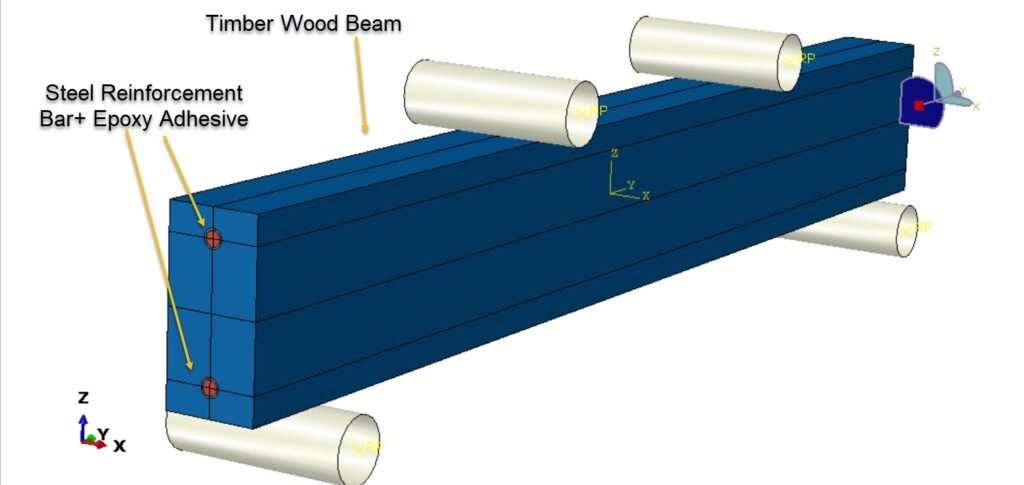
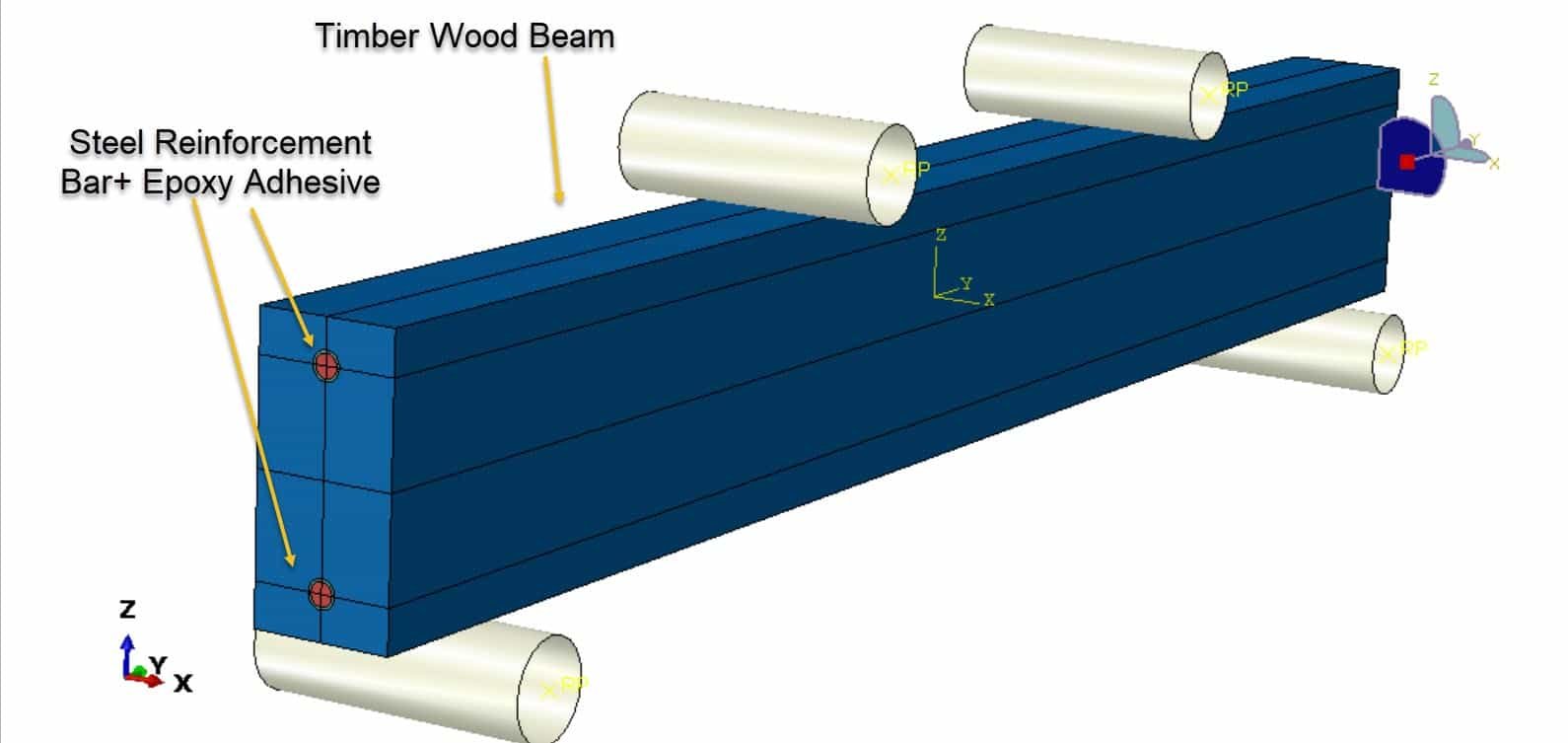



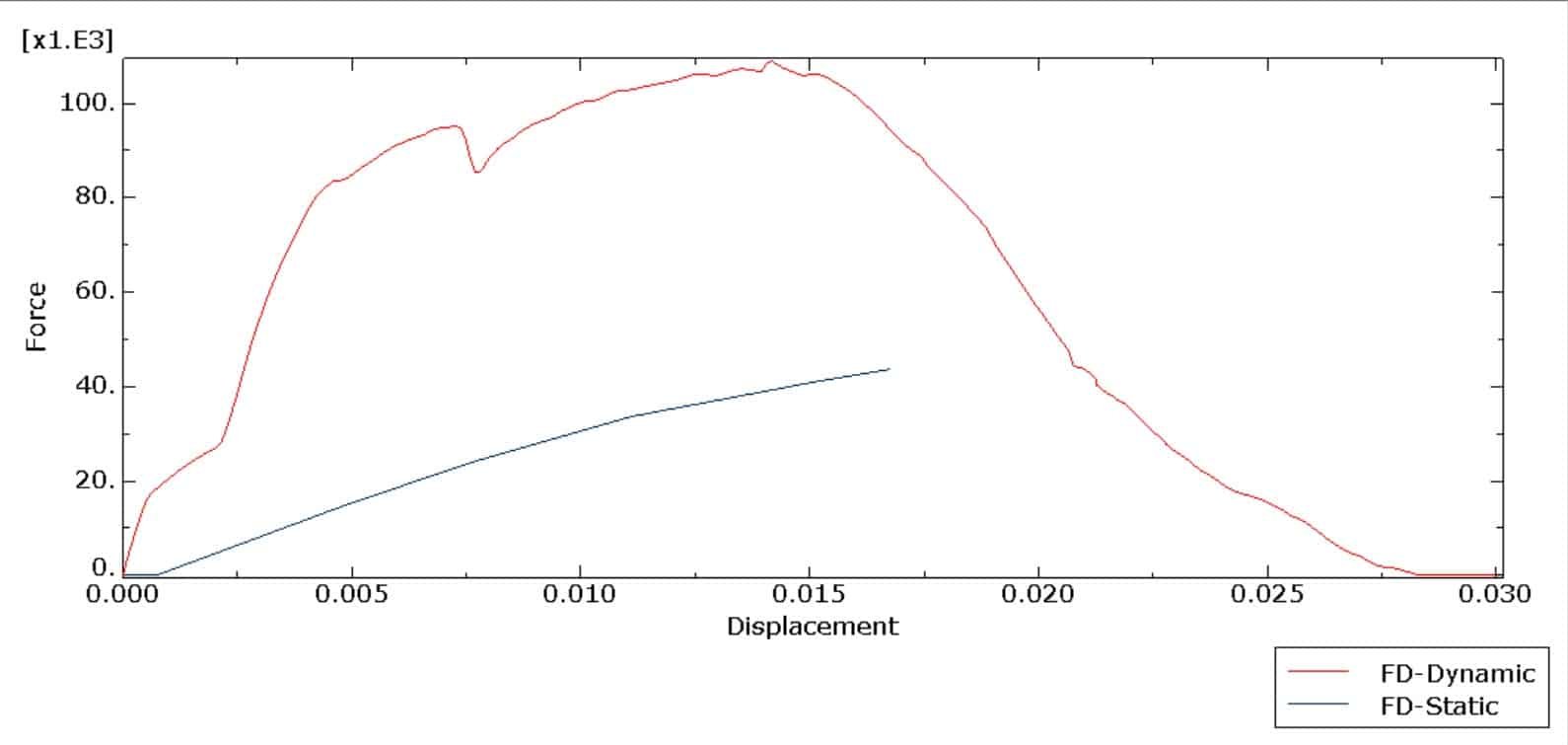
Timber has been a traditional construction material for centuries due to its availability, ease of use, and aesthetic appeal. However, its inherent limitations in tensile strength, stiffness, and long-term durability under varying environmental conditions have led to the exploration of reinforcement techniques to enhance its structural performance. Among these, the use of steel bars as reinforcement, bonded with epoxy adhesives, has emerged as a practical and efficient method to improve both the load-carrying capacity and ductility of timber beams.
This method draws inspiration from reinforced concrete technology, where steel provides the tensile strength that concrete lacks. Similarly, in reinforced timber, steel bars compensate for timber’s weakness in tension, especially in the lower zones of flexural members. The use of epoxy glue not only ensures strong bonding between the steel and wood but also helps in transferring stresses effectively across the interface without requiring complex mechanical fasteners or extensive modification to the beam.
The goal of reinforcing timber beams with steel and epoxy is to retain the favorable properties of timber while significantly improving its structural performance. This hybrid system is particularly relevant in retrofitting existing wooden structures, extending the lifespan of heritage buildings, or designing new members where both strength and aesthetic considerations are important.
This example is so close to the paper here: Reinforcement of Timber Beams with Steel Bars: Parametric Analysis Using the Finite Element Method

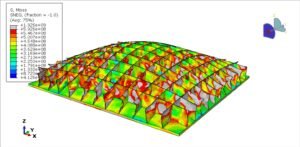
Abaqus
€68,00 €34,00

Abaqus
€77,00 €39,00
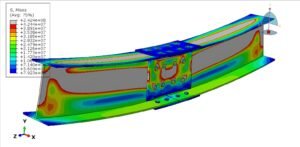
Abaqus
€79,00 €39,00

Abaqus
€75,00 €37,00

Abaqus
€76,00 €38,00
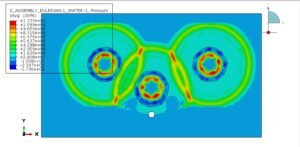
Abaqus
€79,00 €38,00
See more

Want to receive push notifications for all major on-site activities?